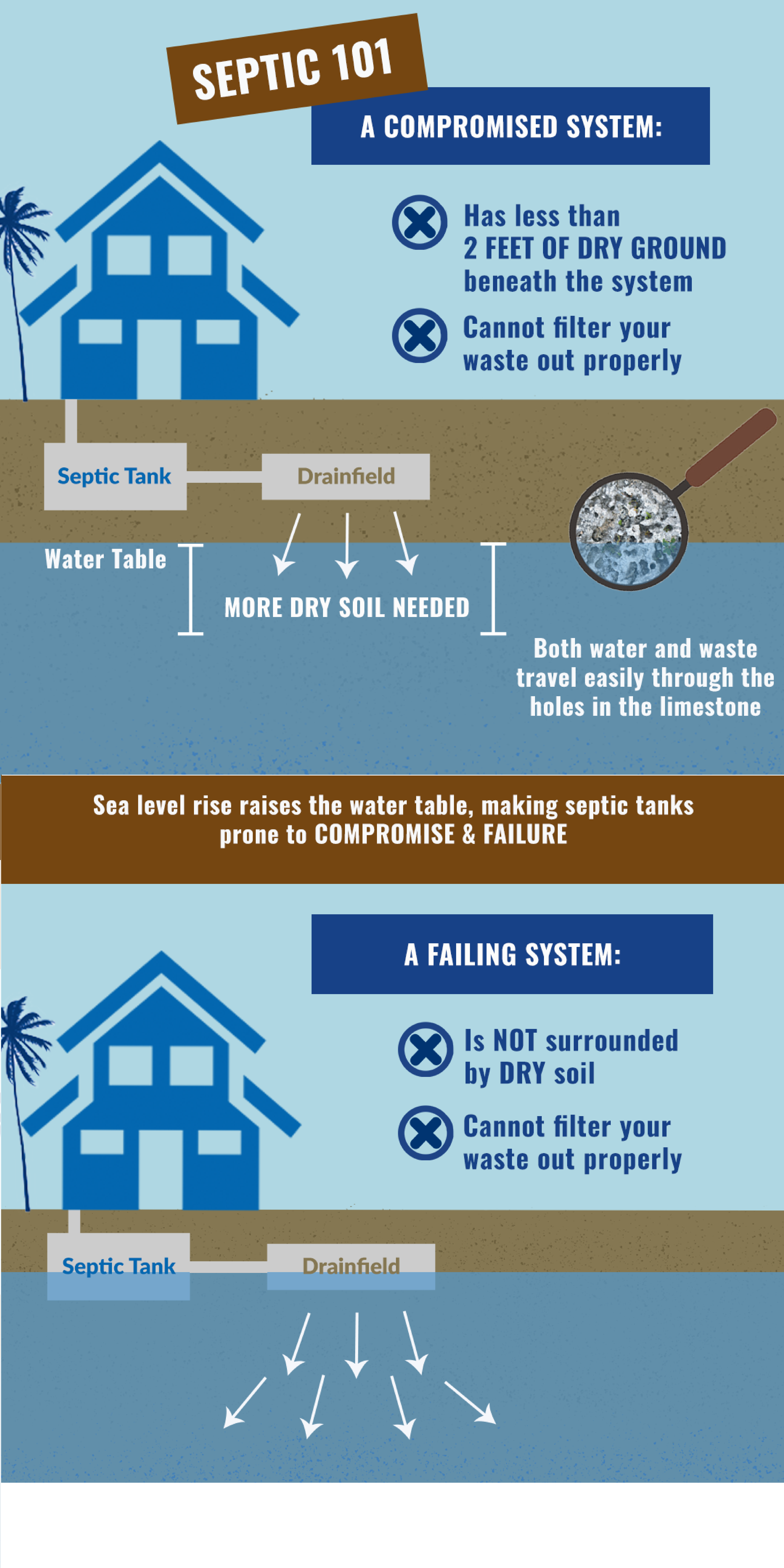


While this summer’s fish kill was smaller than last year’s, and only hundreds of fish floated ashore, there is a possibility for more events this year, since the water in Biscayne Bay often does not cool off until October, said Rachel Silverstein, executive director of Miami Waterkeeper and a Rosenstiel School alumna. “This used to be a rare event, but Biscayne Bay is becoming less resilient and more susceptible to these events, so it’s all the more pressing to prevent them,” said Langdon, who studies ocean acidification. And Groppe’s data was telling because the fish were dying from what’s called hypoxia, or a lack of oxygen in the water. The evening before Labor Day, residents from North Bay Village and western Miami Beach began reporting dead fish-and the stench-along their shores. Two days later, their dire predictions came true. That event led to the death of nearly 27,000 fish in Biscayne Bay, according to a report from Miami Waterkeeper. The pair then shared the information with a network of local scientists and environmental advocates set up during last summer’s fish kill. These elements-coupled with warm weather and calm seas-can often signal a threat to survival for marine life, so Groppe immediately showed the data to his advisor, marine biology and ecology professor Chris Langdon at the Rosenstiel School of Marine and Atmospheric Science. The oxygen levels in some of the samples he had collected from northern Biscayne Bay were extremely low, and the water was more green than previous weeks. For variances meetings and dates, all downloadable forms.When University of Miami graduate student Charles Groppe began to record the data from his water sampling trip in Biscayne Bay two weeks ago, he was a little alarmed. Where a project does not meet our requirements, the applicant has the rights to apply for a variance. In addition, a certificate of occupancy is not issued until there is evidence that the system has received final construction approval from the department.

The Department created good partnership with the Miami-Dade County Building Department and all municipalities in Miami-Dade County to ensure that no building permit is issued where the property is to serve by a Septic tank system until a permit is obtained with the Health Department.
#As built drawing for septic tank in miami dade county portable
The Department also permits and inspects all waste haulers, portable toilets companies, septic tank manufactures. The OSTDS fulfills the mission of the Miami-Dade County Health department in ensuring that all systems regulated by the Department are sized, designed, constructed, repaired, modified and maintained properly in order to prevent groundwater contamination, surface water contamination and to preserve the public health. The OSTDS program is responsible for performing application reviews, conducting site evaluations, issuing permits, conducting inspections and complaint investigations associated with the construction, installation, repairs, abandonment of an onsite sewage treatment and disposal system for domestic sewage flow less than 10,000 gallons per day and commercial sewage waste not exceeding 5,000 gallons per day. Bureau of Onsite Sewage A person may not construct, repair, modify, abandon or operate an onsite sewage treatment and disposal system without first obtaining a permit approved by the Miami Dade County Health Department.


 0 kommentar(er)
0 kommentar(er)
